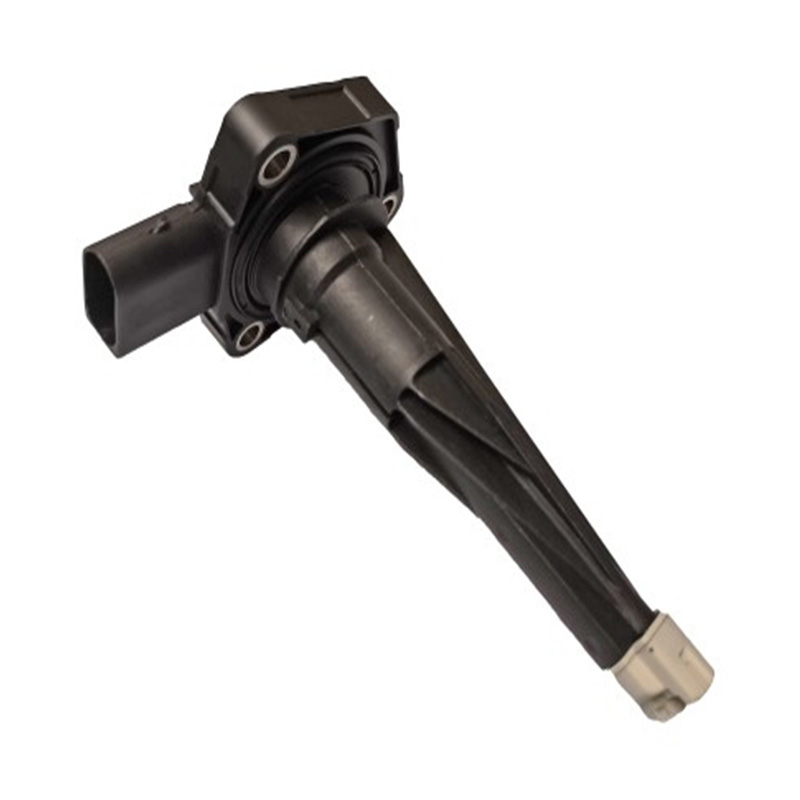OEM.NO: 126176362961261850767612618608781
See DetailsTechnical principle and cost-benefit analysis of universal tpms sensor
Universal tpms sensor manufacturer and supplier in China
Technical principle
Universal tire pressure monitoring sensors are an integral part of modern automotive safety systems. The technology principle of universal tpms sensor is mainly based on pressure sensing and wireless communication technology. This type of sensor is usually mounted directly on the valve inside the tire, or as an external device fixed to the tire in a specific way.
The direct universal tpms sensor works by containing a pressure sensing element inside the sensor, which senses the pressure change inside the tire in real time and converts it into an electrical signal. At the same time, the sensor is also equipped with a temperature sensing element to compensate for fluctuations in tire pressure caused by temperature changes. These electrical signals are processed and encoded into wireless signals that are transmitted via low frequency (e.g. 433MHz) or high frequency (e.g. 2.4GHz) radio waves to a receiver in the vehicle. Once the signal is received by the receiver, it is decoded and displayed on the dashboard for the driver to view.
The indirect universal tpms sensor does not rely on the sensor installed on the tire, but indirectly determines whether the tire pressure is abnormal by monitoring the difference in wheel speed. When a tire's tire pressure drops, its rolling radius decreases accordingly, causing that tire to rotate faster than other tires. By comparing the speed difference of each wheel, combining the data of vehicle speed and ABS system, the system judges and prompts the driver to pay attention to the tire pressure problem. However, indirect TPMS is relatively poor in accuracy and timeliness, and cannot provide specific tire pressure values.
Cost-benefit analysis
From a cost-benefit perspective, universal tire pressure monitoring sensors provide significant economic and social value to car owners and vehicle manufacturers.
Reduce tire replacement costs: tires are an important consumable for cars, and their service life is affected by a variety of factors, among which tire pressure is one of the key factors. Reasonable tire pressure can extend the service life of the tire and reduce the early wear and replacement caused by improper tire pressure. In the long term, the installation of universal tpms sensor can significantly reduce tire replacement costs.
Improved fuel economy: Insufficient tire pressure increases the tire's contact area with the ground, which increases rolling resistance, resulting in higher fuel consumption. The universal tpms sensor ensures that the tire is always within the suitable tire pressure range, thereby reducing fuel consumption and improving fuel economy. This is especially important for car owners who often drive long distances or face high fuel prices.
Enhance driving safety: Abnormal tire pressure is one of the important causes of traffic accidents. Too high tire pressure can result in a flat tire, while too low tire pressure can affect the vehicle's handling and braking performance. The universal tpms sensor can monitor changes in tire pressure in real time, and remind the driver in time when anomalies are found, so as to effectively prevent traffic accidents caused by tire pressure problems and ensure driving safety.
Reduce maintenance costs: universal tpms sensor can detect potential problems of tires in advance, such as air leakage and uneven wear, so that owners can repair or replace them in time to avoid worsening problems resulting in greater losses. This helps reduce the cost of repairs and time caused by tire problems.
Enhance vehicle value: With the continuous improvement of consumer requirements for vehicle safety performance, universal tpms sensor have become standard in many high-end models. For the used car market, vehicles equipped with universal tpms sensor are often more favored by consumers, thus increasing the market value of vehicles.
In summary, the universal tpms sensor plays an important role in improving vehicle safety performance and reducing the use cost with its unique technical principle and significant cost effectiveness. With the continuous progress of technology and the further reduction of cost, tire pressure monitoring sensors are expected to be popularized and applied in more models.





